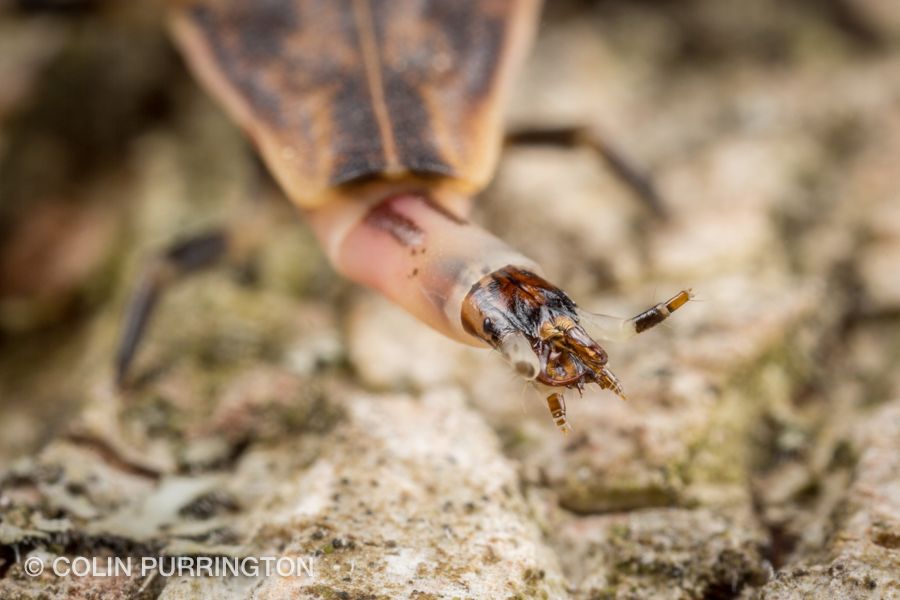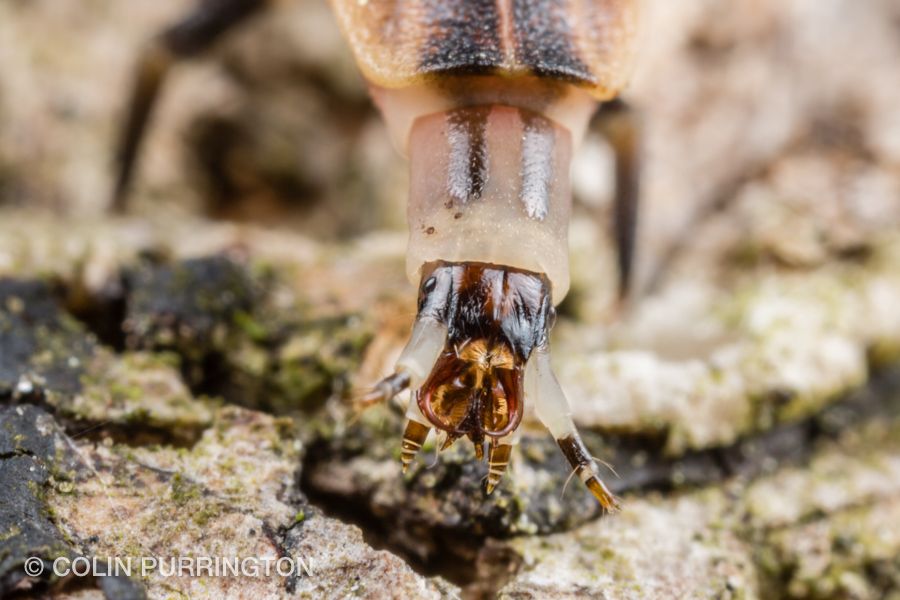In case you need a quick guide to making a conference poster, here’s a poster of poster tips. Just view click to enlarge, or display with a room projector and invite students to come up and read together. It’s also available as a PDF if you want to print an actual poster of it — which I highly recommend if you are assigning a poster project for your class. My full tips (and free templates) are at “Designing conference posters“.
This poster is a descendant of a document I created circa 1997 for my evolution students at Swarthmore College.




